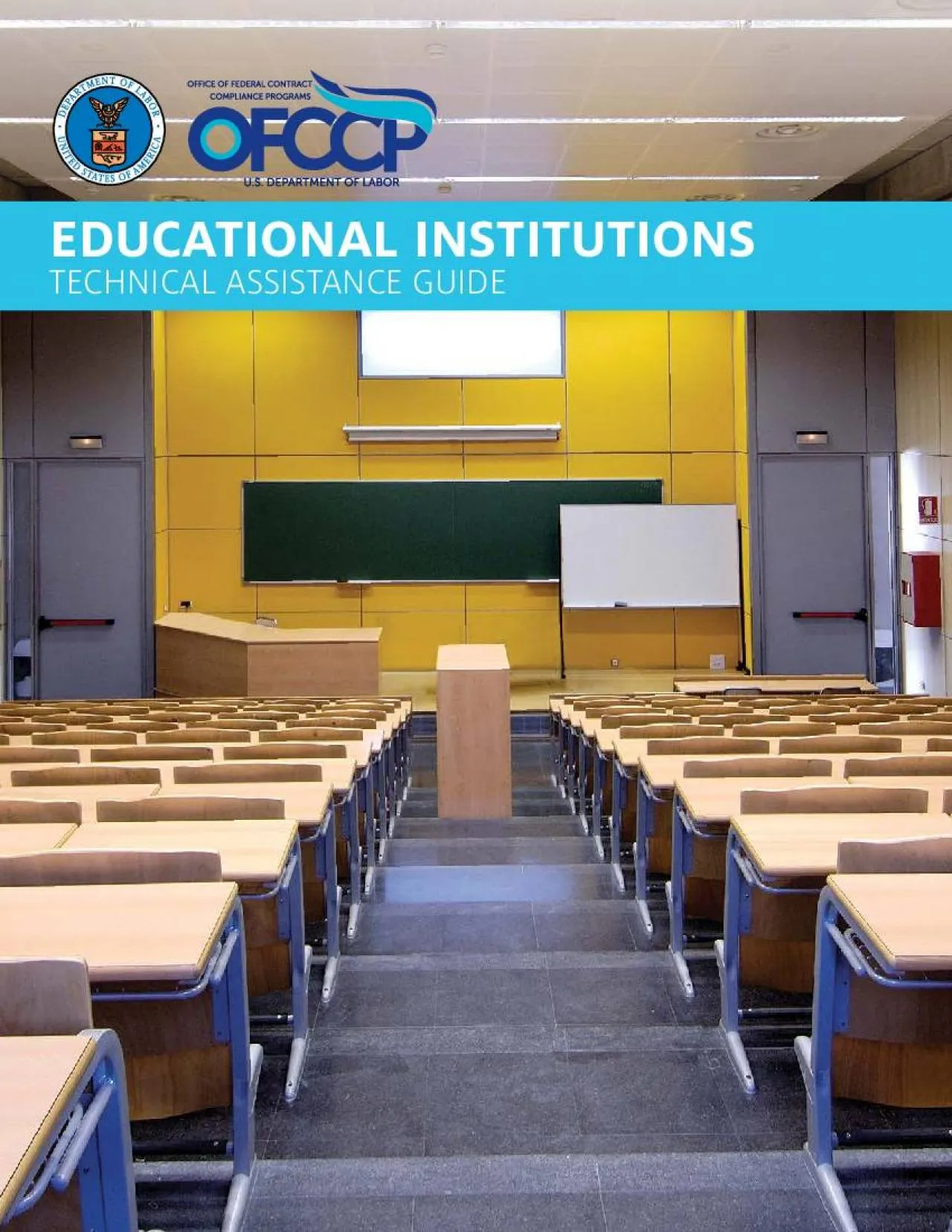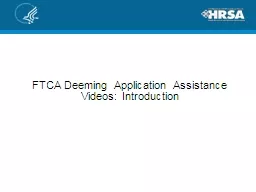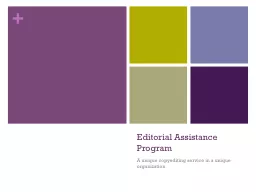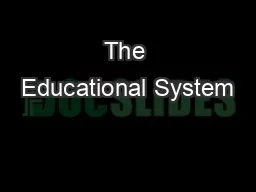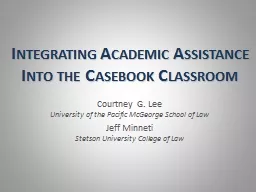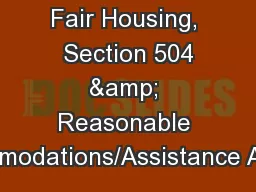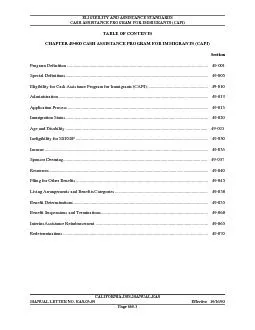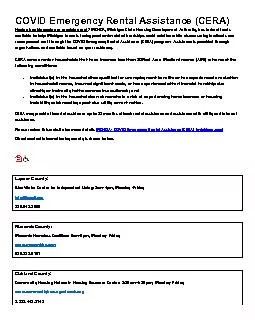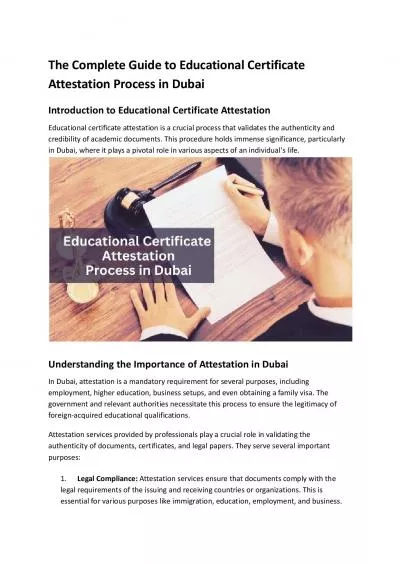PDF-EDUCATIONAL INSTITUTIONSTECHNICAL ASSISTANCE GUIDE
Author : ava | Published Date : 2021-10-10
dolgovofccpOctober 2019TECHNICAL ASSISTANCE GUIDE EDUCATIONAL INSTITUTIONSTable of ContentsPurpose2OFCCP146s Mission4 OFCCP Responsibilities4Overview of EEO Legal
Presentation Embed Code
Download Presentation
Download Presentation The PPT/PDF document "EDUCATIONAL INSTITUTIONSTECHNICAL ASSIST..." is the property of its rightful owner. Permission is granted to download and print the materials on this website for personal, non-commercial use only, and to display it on your personal computer provided you do not modify the materials and that you retain all copyright notices contained in the materials. By downloading content from our website, you accept the terms of this agreement.
EDUCATIONAL INSTITUTIONSTECHNICAL ASSISTANCE GUIDE: Transcript
Download Rules Of Document
"EDUCATIONAL INSTITUTIONSTECHNICAL ASSISTANCE GUIDE"The content belongs to its owner. You may download and print it for personal use, without modification, and keep all copyright notices. By downloading, you agree to these terms.
Related Documents

